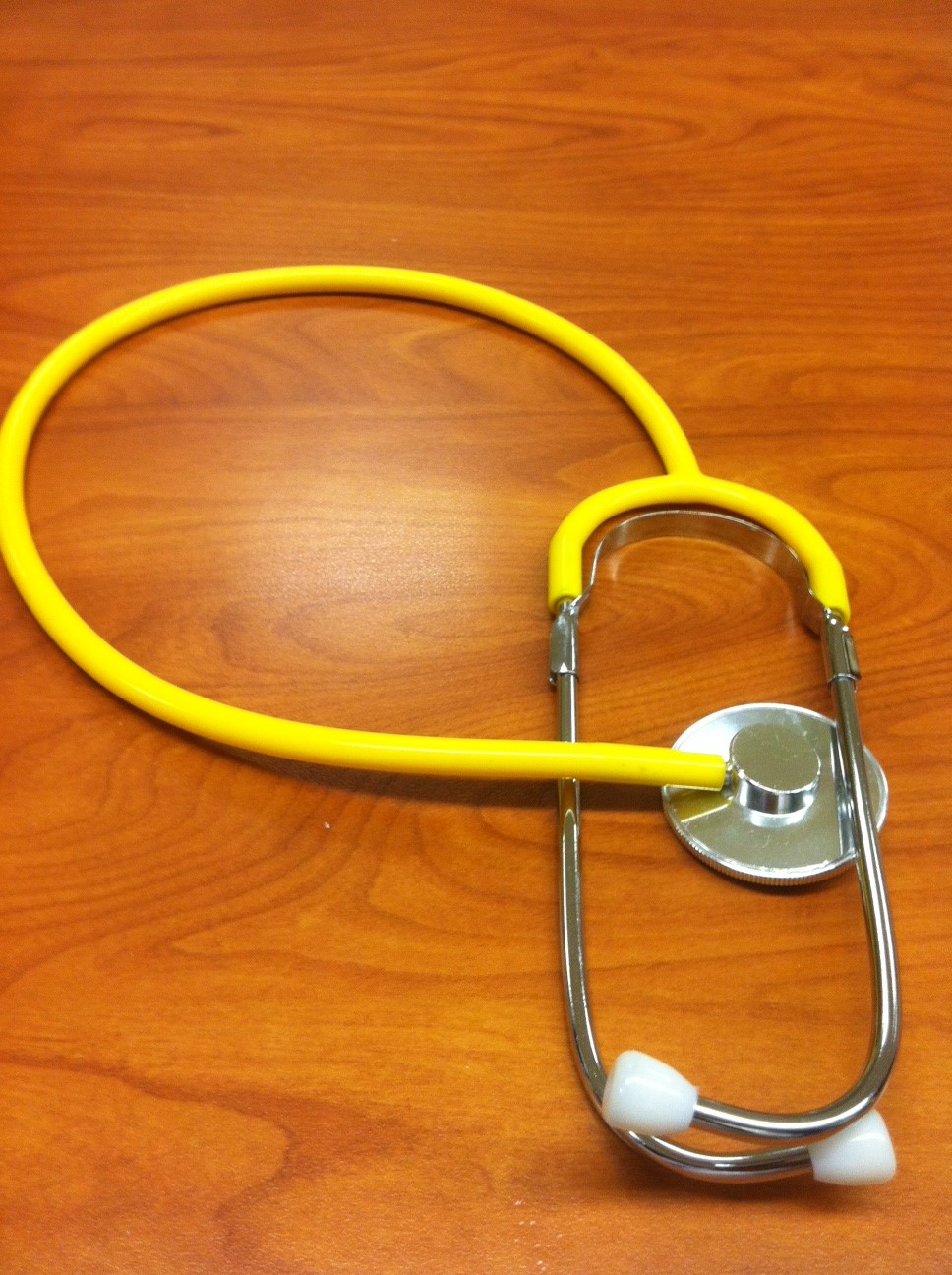Hospitals are busy places to work. The work is fast paced, and never seems to stop. For most physicians, the work ends when the work is done, or until you fall over, whichever comes first. So as a consultant, when I am seeing a patient wherein there is no longer anything that I am contributing to a patient’s care it’s routine that a physician would “sign off” the case, meaning I would not continue to see the patient on a daily basis but would be available if I were needed. Sure, I might have a good repoire with a patient, and some even tell me that I have a nice smile, but it hardly seems like a reason to continue to bill their insurance company without actually contributing any expertise. Despite how nice I think my smile is, I have yet to find an insurance company willing to pay to see it.
It’s no surprise then, that in such a busy workplace the physicians-in-training that I regularly work with would want to sign off a case as soon as possible. Unlike most of their bosses, they get paid the same no matter how many patients they see. There’s no incentive for them to see more, and if they see too many, it becomes difficult to learn anything.
So for many specialists who round on patients in a hospital, and for physicians in training in particular, the typical approach to a patient who has enrolled in hospice or decided to otherwise stop all treatments other than comfort measures, is to sign off the case.
For those patients, the thought is, most of them are waiting to be discharged home or to another facility, and have accepted that the end of life is coming. In such situations families are typically grieving, making end of life arrangements or simply trying to spend as much time with their loved one as possible before the end comes. Why would it be necessary then for a specialist or a team of physicians to enter the room of such a person, ask a plethora of unnecessary questions, perform an exam and offer meaningless platitudes like “hang in there! you’re doing great!”?. All this to a person whose one certainty is that they’re not doing great, and they’re most definitely not going to be able to “hang in there”!
Thus my approach has been to sign off such patients, and based on what I’ve seen, it’s the approach of most other physicians as well. I had always thought that ridding people of my pestering presence at the end of their lives was the most reasonable and humane thing I could do.
But things changed for me recently, when my own father entered hospice. He was in the hospital for a few weeks, and being a physician himself, he knew the end was coming. My mother, of course found it difficult to let go. After 50 years together, who could blame her? She agreed grudgingly to hospice, but needed constant reassurance that it was the right thing to do. I remember the constant look of consternation and worry etched on her face in the days after he was enrolled in hospice (but was still in the hospital). One by one, the physicians who had convinced her that there was nothing more to be done, disappeared. The physicians who reassured her that he would be well taken care of no longer visited, at just the time that she needed their reassurance more than ever. Her face wore a look that said, “Are we doing the right thing? Are they just trying to get rid of us?” Despite having a pulmonary, critical care physician for a son, there are some things you just need to hear from your doctors, the people who have been taking care of you, the professionals who know you.
Ultimately she came to accept the inevitable, she’s a strong person, and she knew she had no choice. He passed away peacefully.
But that experience taught me to change something in my own practice. I still round with my physicians-in-training, as I always have, we still sign off those patients who are going into hospice as we always have, so the team does not needlessly pester a person at the end of their life. Instead, I walk into the room by myself, I perform no exam, I ask no medical questions. I offer them nothing but my smile. And it’s for free.
Related Articles: An “Untouchable” Who Touched the Lives of Many. Code Status and Living Wills, and Why They Might Not Matter.



